NASA APOD #57-66
#57 Venus: Earth's Sister Planet August 15, 1995
“August 15, 1995 Venus: Earth's Sister Planet Credit: NASA, Galileo, Copyright Calvin J. Hamilton Explanation: This picture in visible light was taken by the Galileo spacecraft. Venus is very similar to Earth in size and mass - and so is sometimes referred to as Earth's sister planet - but Venus has a quite different climate. Venus' thick clouds and closeness to the Sun (only Mercury is closer) make it the hottest planet - much hotter than the Earth. Humans could not survive there, and no life of any sort has ever been found. When Venus is visible it is usually the brightest object in the sky after the Sun and the Moon. More than 20 spacecraft have visited Venus including Venera 9, which landed on the surface, and Magellan, which used radar to peer through the clouds and make a map of the surface. There are still many things about Venus's unusual atmosphere that astronomers don't understand."
Copyright: Public domain
#58 Uranus: The Tilted Planet August 16, 1995
“August 16, 1995 Uranus: The Tilted Planet Credit: NASA, Voyager 2 Explanation: This picture was snapped by the Voyager 2 spacecraft in 1986 - the only spacecraft ever to visit Uranus. Uranus is the third largest planet after Jupiter and Saturn. Uranus has many moons and a ring system. Uranus is composed mostly of liquid water, methane and ammonia, surrounded by a thick gas atmosphere of mostly hydrogen and helium. Uranus is peculiar in that its rotation axis is greatly tilted and sometimes points near the sun. It remains an astronomical mystery why Uranus' axis is so tilted. Uranus and Neptune are very similar."
Copyright: Public domain
#59 Neptune: Big Blue Giant August 17, 1995
“August 17, 1995 Neptune: Big Blue Giant Credit: NASA, Voyager 2, Copyright Calvin J. Hamilton Explanation: This picture was taken by the Voyager 2 spacecraft in 1986 - the only spacecraft ever to visit Neptune. Neptune will be the farthest planet from the Sun until 1999, when the elliptical orbit of Pluto will cause it to once again resume this status. Neptune, like Uranus, is composed mostly of liquid water, methane and ammonia, is surrounded by a thick gas atmosphere of mostly hydrogen and helium, and has many moons and rings. Neptune's moon Triton is unlike any other and has active volcanoes. The nature of Triton's unusual orbit around Neptune is the focus of much discussion and speculation."
Copyright: Public domain
#60 Pluto: The Frozen Planet August 18, 1995
“August 18, 1995 Pluto: The Frozen Planet Credit: NASA, Hubble Space Telescope, R. Albrecht (ESA/ESO)"
Copyright: Public domain
#61 Our Solar System from Voyager August 19, 1995
“August 19, 1995 Our Solar System from Voyager Credit: NASA, Voyager 1, Explanation: After taking its spectacular pictures of the outer solar system planets, Voyager 1 looked back at six planets from the inner solar system. Here Venus, Earth, Jupiter, Saturn, Uranus, and Neptune, were all visible across the sky. Each, however, was now just a small speck of light, dimmer than many of the stars in the sky. Voyager 1 is only one of four human-made objects to leave our Solar System, the other three being Voyager 2, and Pioneer 10 and 11."
Copyright: Public domain
#62 Announcing Comet Hale-Bopp August 20, 1995
“August 20, 1995 Announcing Comet Hale-Bopp Credit: Erich Meyer and Herbert Raab, Austria Explanation: The pictured fuzzy patch may become one of the most spectacular comets this century. Although it is very hard to predict how bright a comet will become, Comet Hale-Bopp, named for its discoverers, was spotted farther from the Sun than any previous comet - a good sign that it could become very bright, easily visible to the naked eye. This picture was taken on July 25th 1995, only two days after its discovery. A comet bright enough to see without a telescope occurs only about once a decade. The large coma and long tail of bright comets are so unusual and impressive that they have been considered omens of change by many cultures. A comet does not streak by in few seconds - but it may change its position and structure noticeably from night to night."
Copyright: Public domain
#63 An Orbiting Iceberg August 21, 1995
“August 21, 1995 An Orbiting Iceberg Credit: European Space Agency, Giotto Camera Team. Explanation: A comet nucleus, formed from the primordial stuff of the solar system, resembles a very dirty iceberg. Orbiting far from our Sun, it can remain frozen, preserved for billions of years. Occasionally, a chance gravitational encounter will alter this distant orbit and send the nucleus plummeting towards the inner solar system. In 1986, the European spacecraft Giotto visited the nucleus of Halley's comet as it approached the sun. Data from Giotto's cameras were used to produce this enhanced image which shows surface features on the dark nucleus against the bright background of clouds of gasses produced as the icy material was vaporized by the Sun's heat. The potato shaped nucleus measures about 10 miles across."
Copyright: Public domain
#64 Venus UnVeiled August 22, 1995
“August 22, 1995 Venus UnVeiled Credit: NASA, Magellan Project Explanation: The surface of Venus is perpetually covered by a veil of thick clouds and remains hidden from even the powerful telescopic eyes of earth-based astronomers. However, using an imaging radar technique, the Magellan spacecraft was able to lift the veil from the Face of Venus and produce spectacular high resolution images of the planet's surface. The bright area running across the middle of this picture represents the largest highland region of Venus known as Aphrodite Terra. The large highland regions are analogous to continents on Earth. Scientists are particularly interested in exploring the geology of Venus because of its similarity to Earth. For more information about Venus and this image see the Overview of Venus."
Copyright: Public domain
#65 A Venusian Tick August 23, 1995
“August 23, 1995 A Venusian Tick Credit: NASA, Magellan Project Explanation: Data from the Magellan spacecraft has shown the Face of Venus to contain a host of volcanic features. This image shows an example of a fairly common type of venusian volcanic feature. Known as a "tick" it represents a volcano about 20 miles wide at the summit with ridges and valleys radiating down its sides lending it an insect like appearance. Scientists are particularly interested in exploring the geology of Venus. Because of its similarity with the Earth in size, density, and overall location in the solar system, Venus may offer key insights into the workings of our own planet. Do the familiar processes of volcanism and plate tectonics occur on our sister planet as well as our own? The detailed radar mapping of the planet performed by the Magellan probe has gone a long way toward answering this question."
Copyright: Public domain
#66 A Radar Image of Planet Earth August 24, 1995
“August 24, 1995 A Radar Image of Planet Earth Credit: NASA, JPL Imaging Radar Program Explanation: This image of Mt. Rainier, Washington USA, planet Earth, was produced by the Spaceborne Radar Laboratory which flew on the Space Shuttle Endeavour in 1994. Radar, short for RAdio Detection And Ranging, is a technique which coordinates the operation of a radio transmitter and receiver to measure the direction, strength, and timing of radio echos from the surface of distant objects. An actual image of an object can be constructed by recording and analyzing many echos. One advantage of using radar imaging in planetary studies is that images can be made regardless of cloud cover or lighting conditions. During the early 90s, NASA's Magellan spacecraft was able to use radar imaging to produce similar high resolution maps of the surface of Venus. For more information about the picture click here."
Copyright: Public domain
Upvote! Resteem! Comment! As you like it! Thank you for attention!
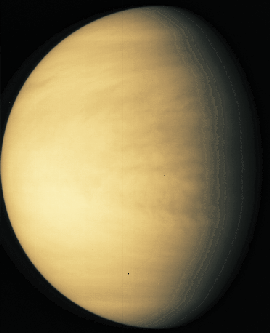
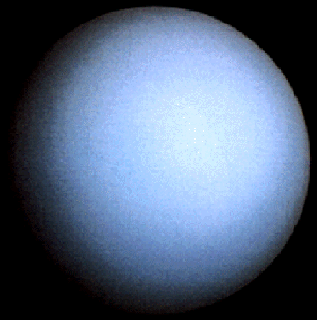
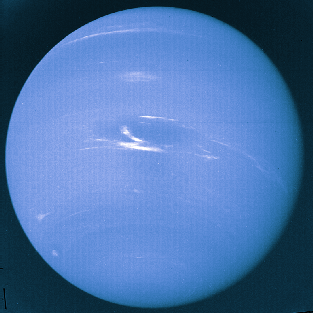
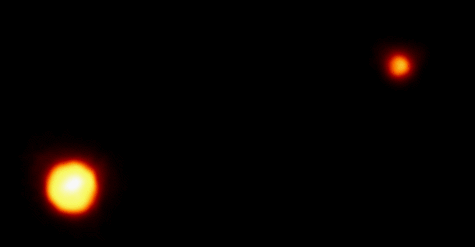
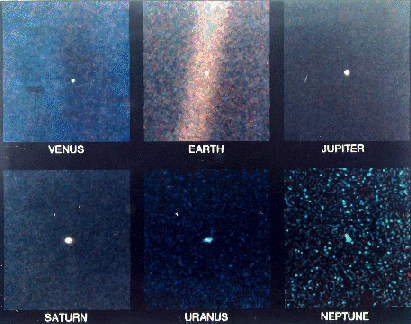
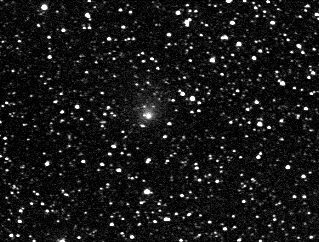
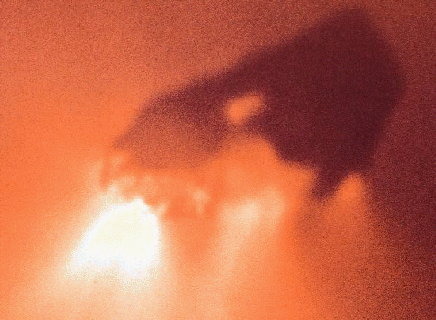
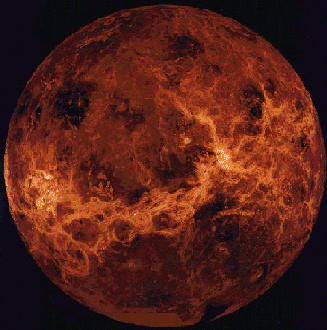
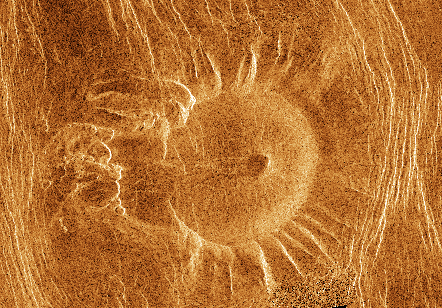
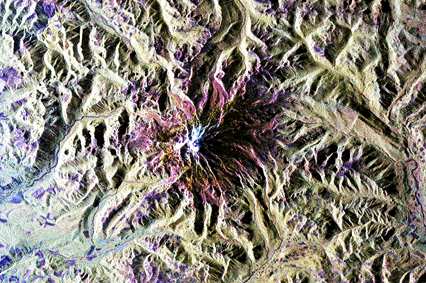
@george-zagraid thanks for this post. it is noticeable that you have taken all the time to be able to do it and with sufficient quality. greetings ... ReStem for you ..
Remember to go through my blog and visit LA SANTA CAVE AND THE BASILICA OF COVADONGA IN SPAIN - ASTURIAS
https://steemit.com/travel/@victorlondono/la-santa-cueva-y-la-basilica-de-covadonga-en-espana-asturias
@victorlondono
@victorlondono thank you. I saw your posts wich contains incredeble beauty! I damn love it! Especially crazy mountains and waterfalls! So much beauty in this world i'm happy to live!
Excellent my friend, thanks for your Reply. wow